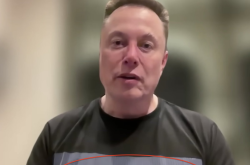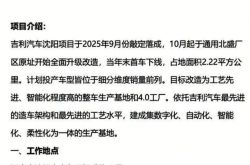Introducing MacBook Cellular Version: Is the C1 Chip the Game-Changer?
![]() 03/31 2025
03/31 2025
![]() 684
684
The C1 baseband chip emboldens Apple's move.
No longer do you need to rely on your phone as a hotspot or carry around portable Wi-Fi devices; the MacBook that supports 5G cellular networks is imminent.
Recently, overseas tech media Patently Apple reported that the US Patent and Trademark Office has published two Apple patents, both centered around the cellular network-enabled MacBook. In the first patent's drawing, the antennas are positioned in the recessed area labeled 23 to prevent interference from the user's palm and arm when using the touchpad.
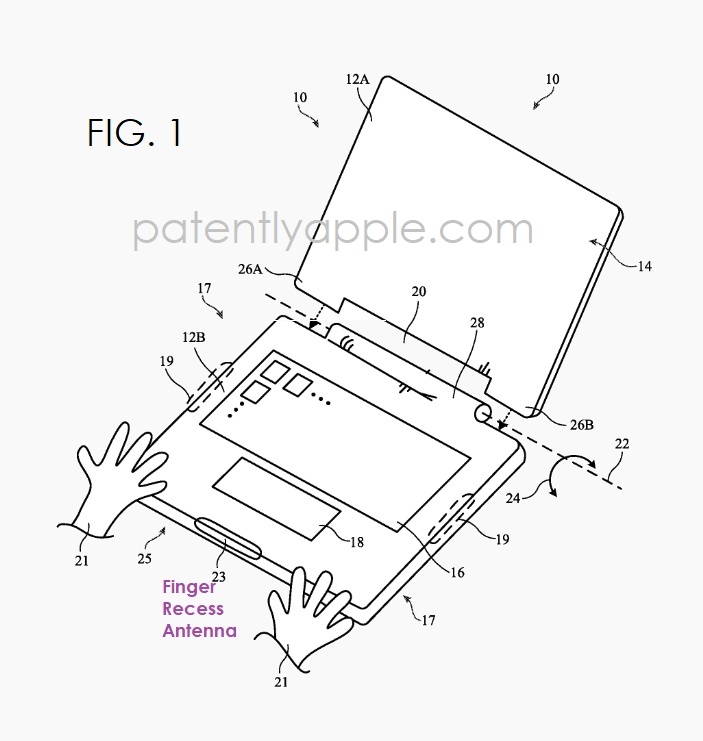
(Source: Patently Apple)
In the second patent's drawing, the antennas are situated at the junction of the screen and the keyboard.
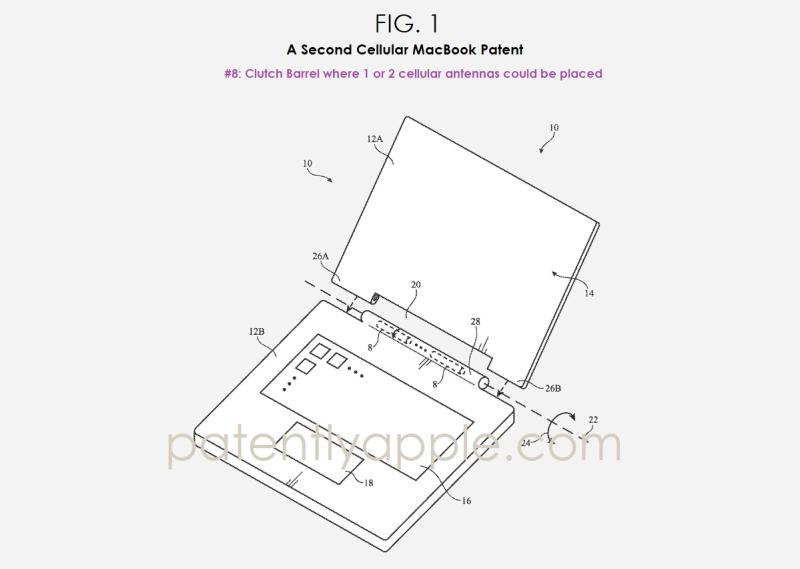
(Source: Patently Apple)
According to Patently Apple, the MacBook supporting cellular networks is expected to launch between 2026 and 2027. However, laptops with cellular capabilities have not gained significant traction over the years. Can MacBook change this narrative?
Is cellular connectivity for laptops a genuine necessity or a perceived need?
Looking across the laptop market, there aren't many products that support cellular networks, but they do exist. For instance, Microsoft's Surface Pro 11th Gen 5G version, equipped with the Snapdragon X Elite processor, supports 5G SIM internet access. Lenovo's ThinkPad offers multiple products that support 4G and 5G, and the latest generation convertible laptop, ThinkPad T14s 2-in-1, also supports 5G.
Among PC manufacturers, HP might be the most enthusiastic about integrating 5G cellular networks into laptops. Currently available products such as HP ZHAN 99 Air 14-inch, Dragonfly G4, and ZHAN X 14-inch all come with 5G versions.
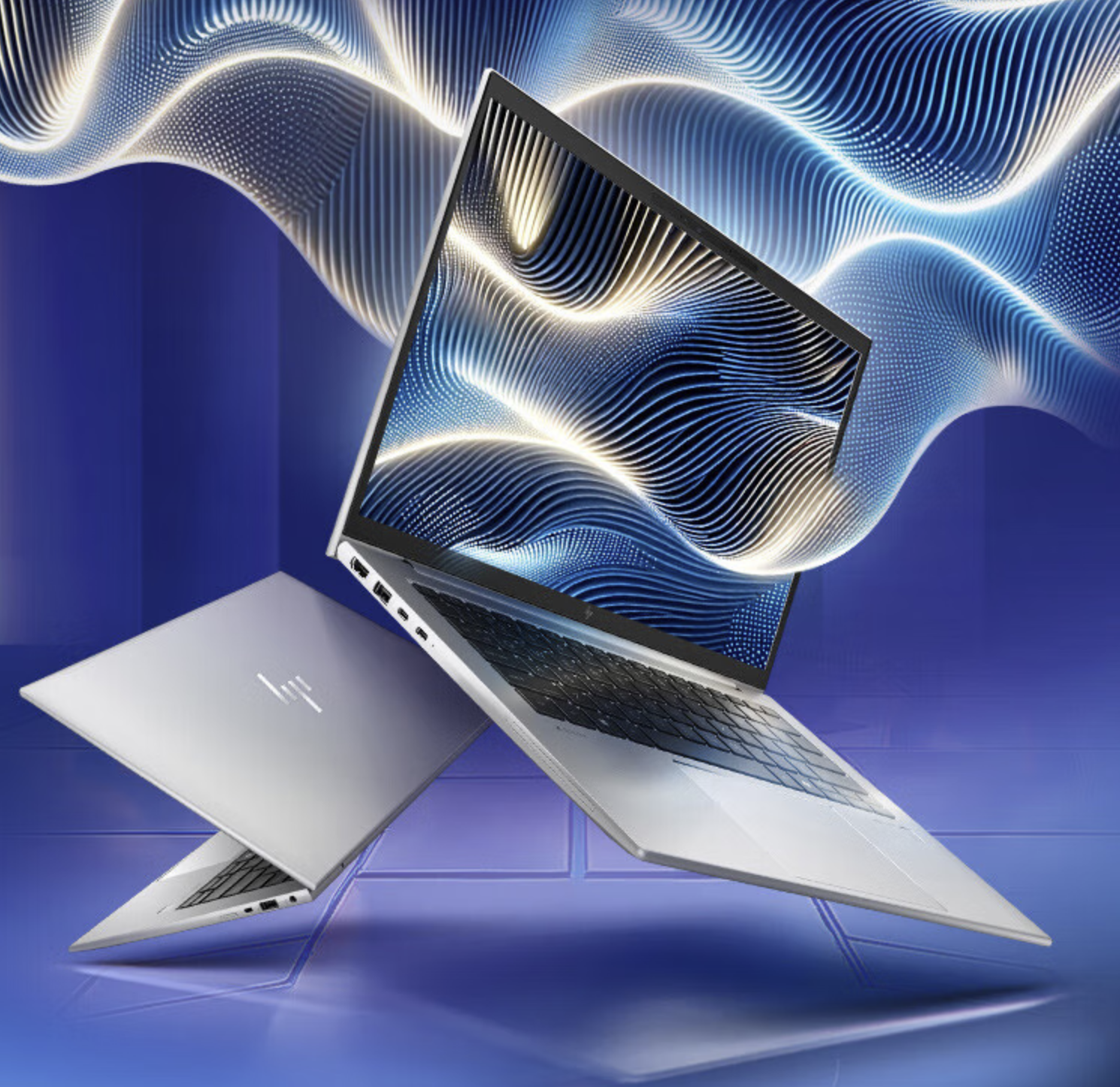
(Source: HP JD.com Self-operated Official Flagship Store)
The first cellular laptop that caught my attention was the 2022 HP ZHAN X, equipped with either Ryzen R5-6600U or R7-6800U CPUs, and offering a 4G-LTE version. The R5-6600U + 16GB + 512GB + 4G-LTE variant was priced at 5999 yuan upon launch.
Specific sales data for laptops with cellular networks is scarce, but from market trends and the popularity of cellular networks in the PC market, consumer acceptance seems low.
Today, laptops with cellular networks are increasingly high-end. For example, the cheapest HP ZHAN X 14-inch 5G version is priced at 8499 yuan on JD.com, while the Dragonfly G4 and Surface Pro 11th Gen 5G versions cost over 10,000 yuan.
This is because most consumers have low demand for cellular networks. Especially in China, Wi-Fi is readily available at home and in the office, and free Wi-Fi is commonly provided in places like airports, cafes, tea shops, and hotels when we're out. In areas with poor or no Wi-Fi signals, such as high-speed trains and taxis, we can use our phones as hotspots to provide internet access for our laptops.
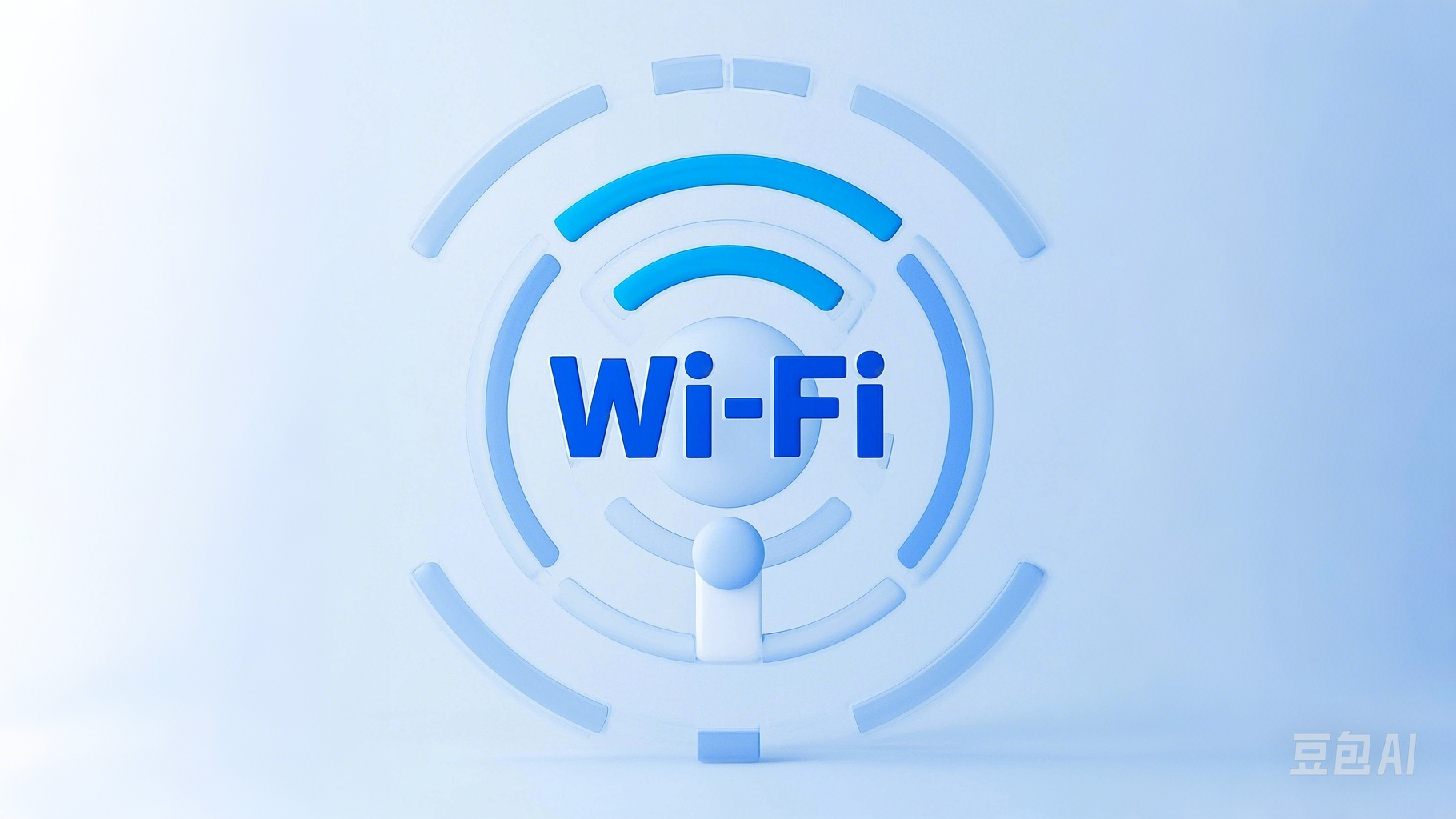
(Source: AI-generated by Doubao)
The essence of laptops lies in enabling mobile work, but generally, our workplaces are fixed, and free Wi-Fi is prevalent in commercial establishments in China, making cellular networks unnecessary. In scenarios where free Wi-Fi is unavailable, mobile hotspots fill the gap, leading to insufficient popularity of cellular networks in the laptop industry.
However, just because most scenarios and consumers do not require laptops with cellular network support does not mean there is no market for them. For frequent business travelers like me, laptops with cellular network support are highly significant and useful.
When traveling, I often need to work in taxis, buses, exhibition venues, or even on roadside trash cans. Enabling mobile hotspots on my phone is usually accompanied by severe overheating and a sharp decrease in battery life, which is quite troublesome. A laptop with cellular network support can address my urgent needs in such situations. As for portable Wi-Fi devices, the cheaper ones have poor signals, while those with good signals are expensive and add to travel burden.
Moreover, for businesspeople who frequently travel across the country to discuss projects with partners, it's cumbersome to always ask for the company's Wi-Fi password. Being able to connect to a 5G network avoids these unnecessary inconveniences.
Is the self-developed baseband chip C1 the confidence behind Apple's decision to launch the MacBook cellular version?
In earlier reports, Patently Apple mentioned that Apple began developing cellular network technology for MacBook in 2010. Between 2010 and 2017, Apple publicly disclosed 18 related patents, but there has been no new information since 2017.
An editor from Patently Apple once inquired with a senior Apple employee about the lack of cellular network connectivity on MacBook. The staff's response was that they hoped consumers would purchase both iPad and MacBook – the iPad cellular version would handle internet access when Wi-Fi is unavailable.
Now that Apple is reconsidering adding cellular networks to MacBook, there may be two reasons. First, the iPad cannot replace MacBook for work. The iPadOS ecosystem is far from macOS. Although it can handle word processing and spreadsheets, it struggles with more complex tasks. Even if users have numerous needs for working in scenarios where Wi-Fi is inconvenient, they may not be willing to purchase a cellular iPad.
Second, the launch of the self-developed baseband C1 has given Apple confidence in applying cellular networks to more devices. In the early morning of February 20, Apple released the new affordable iPhone 16e, which differs from Apple's other 5G phones as it does not use Qualcomm's baseband but instead employs the C1 baseband.
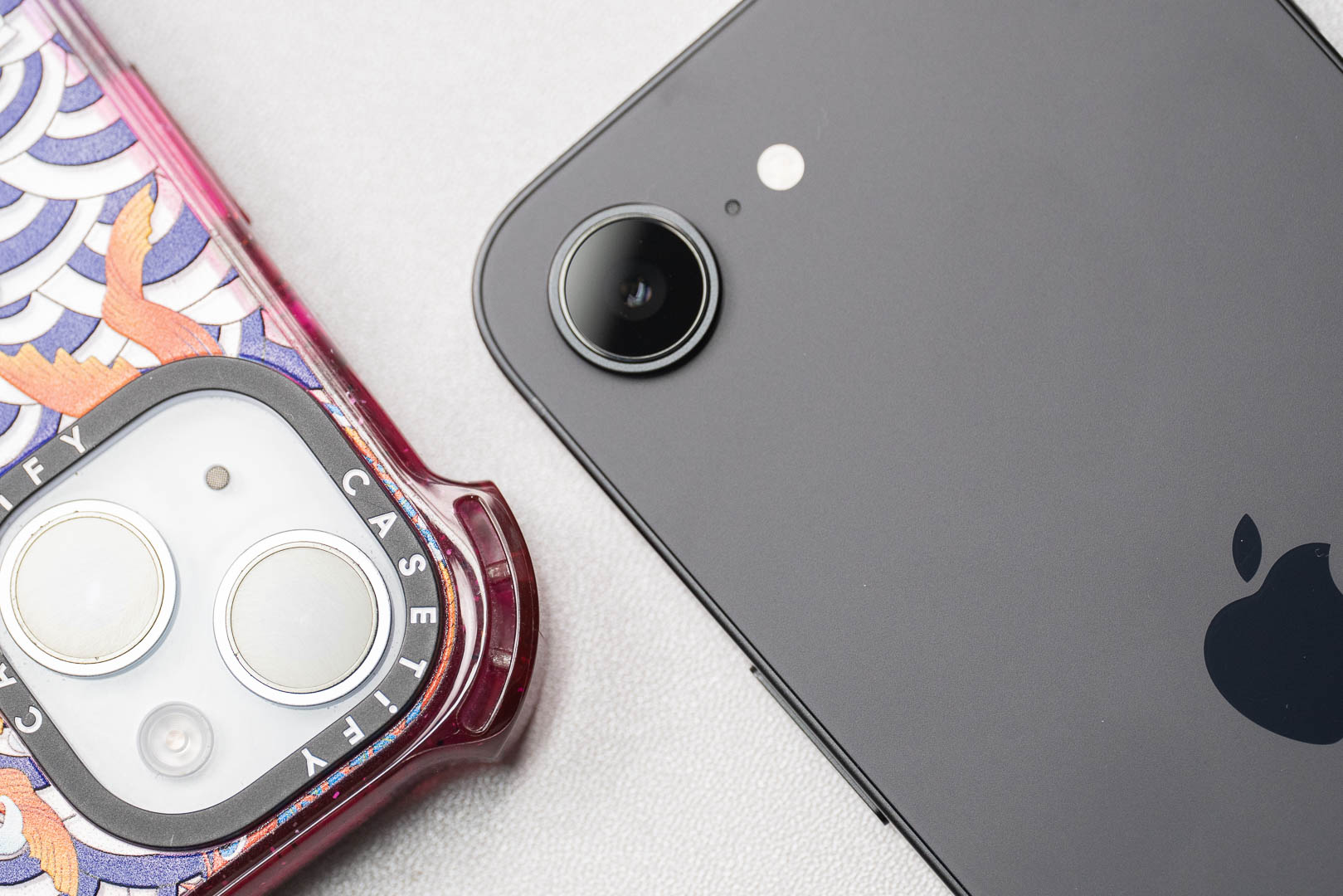
(Source: Leikeji Photography)
The emergence of the C1 baseband signifies that Apple has achieved self-sufficiency and control in network connectivity. The iPhone 17 Air, expected to be released next year, is also anticipated to be equipped with the C1 baseband. As the first self-developed 5G baseband, Apple is hesitant to apply it to higher-end models. Lower-end models such as iPhone 16e and iPhone 17 Air are ideal choices for testing the performance of C1, given the lessons learned from the Intel baseband-equipped iPhone X series.
Products like iPad and MacBook are mostly used in Wi-Fi environments and have less demand for cellular networks than iPhones, so they can gradually adopt C1 or upgraded versions of this baseband.
MacBook's strengths lie in its macOS application ecosystem and long battery life, making it suitable for media workers or businesspeople who travel frequently. With the addition of cellular networks, it can further enhance users' internet experience, eliminating the need to frequently enable hotspots or carry portable Wi-Fi devices.
Cellular networks will also boost MacBook's entertainment capabilities, allowing users to more easily watch videos on MacBook's large screen when Wi-Fi is unavailable. In recent years, more PC manufacturers have recognized the importance of cellular networks, and brands such as Lenovo, HP, and Dell have launched laptops that support cellular networks. However, for Windows PC manufacturers, the power consumption of 5G networks is higher than that of Wi-Fi, and using 5G networks for internet access and office work may reduce laptops' battery life.
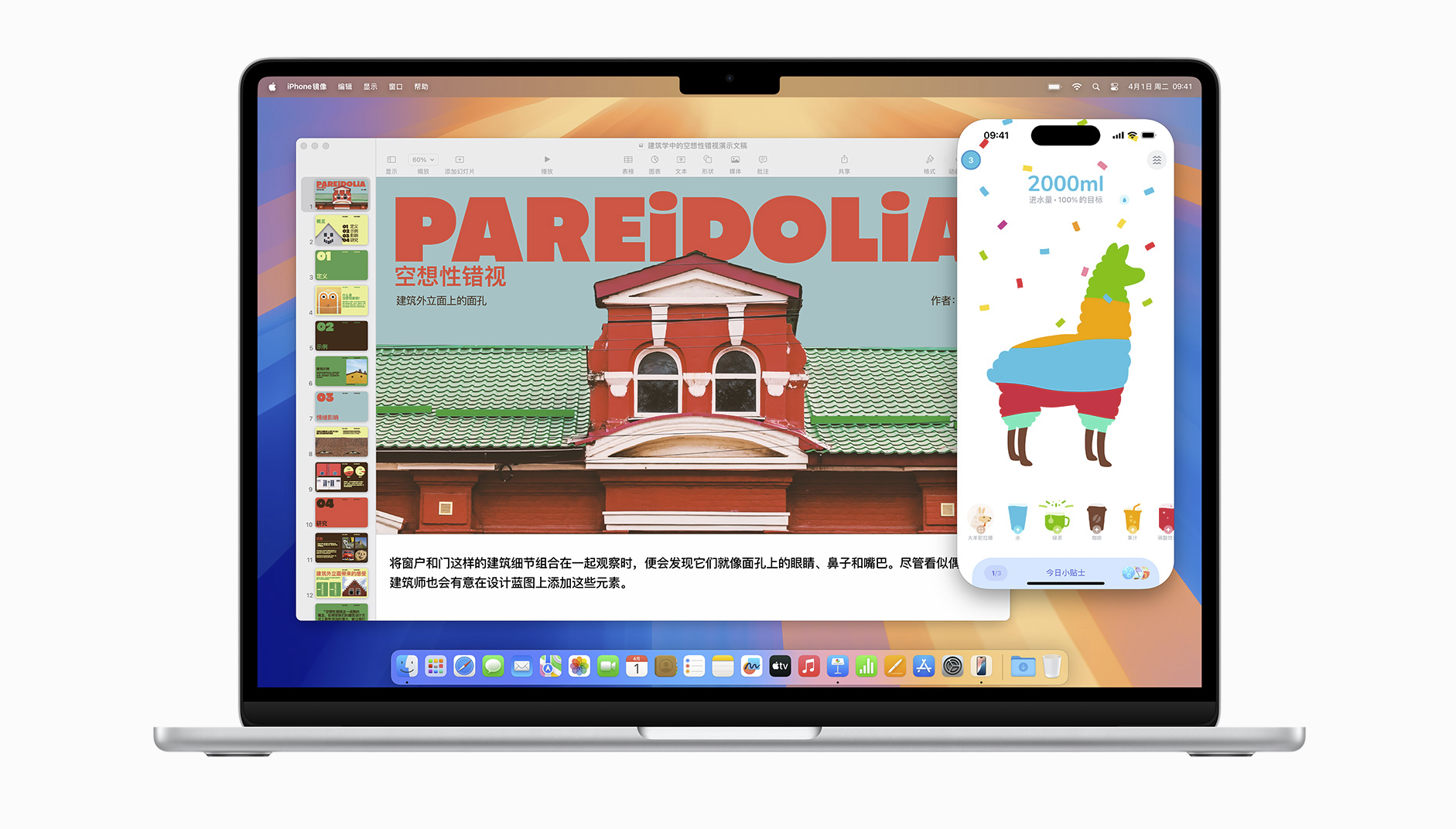
(Source: Apple)
On the other hand, Apple does not need to consider battery life issues. The M-series chips based on the Arm architecture have extremely low power consumption. Taking the recently released M4 MacBook Air as an example, the official claimed battery life can reach 18 hours. According to my actual test, the battery life is likely to exceed 18 hours when writing under Wi-Fi conditions. The impact of 5G cellular networks on MacBook's battery life is negligible.
All PC manufacturers can add cellular network functionality to their products, but few laptops can match MacBook's battery life. The combination of macOS, long battery life, and cellular networks is expected to help Apple create a new competitive edge. From the consumer's perspective, what we need to consider is whether it is worth spending more money to purchase the cellular version of MacBook.
Is it worth spending an extra 1700 yuan on the cellular version of MacBook?
With the addition of cellular network support, the corresponding selling price of MacBook will also increase. Taking iPad as an example, the price difference between the Wi-Fi version and the cellular version of the new iPad equipped with the A16 chip is 1300 yuan, while for the more expensive iPad Pro, the price difference between the Wi-Fi version and the cellular version reaches 1700 yuan.
The starting price of MacBook is similar to that of iPad Pro. If a cellular version is launched, it may be around 1700 yuan more expensive than the Wi-Fi version with the same configuration.
The MacBook Air equipped with the M4 chip starts at 7999 yuan. Assuming the cellular version is 1700 yuan more expensive, it would start at 9699 yuan. Compared to the Surface Pro 11th Gen 5G version and ThinkPad T14s 2-in-1, which cost over 10,000 yuan, it even seems quite cost-effective, albeit with less memory and storage.
Compared to portable Wi-Fi devices, spending 1700 yuan to add 5G cellular networks to a computer seems a bit expensive. Although there are high-end portable Wi-Fi devices like the ZTE U50 Pro, which costs 1441.26 yuan for JD.com PLUS members, there are countless low-cost options, such as the ZTE U50s and U30 Air. 4G portable Wi-Fi devices are even cheaper, with the lowest prices being just tens of yuan.
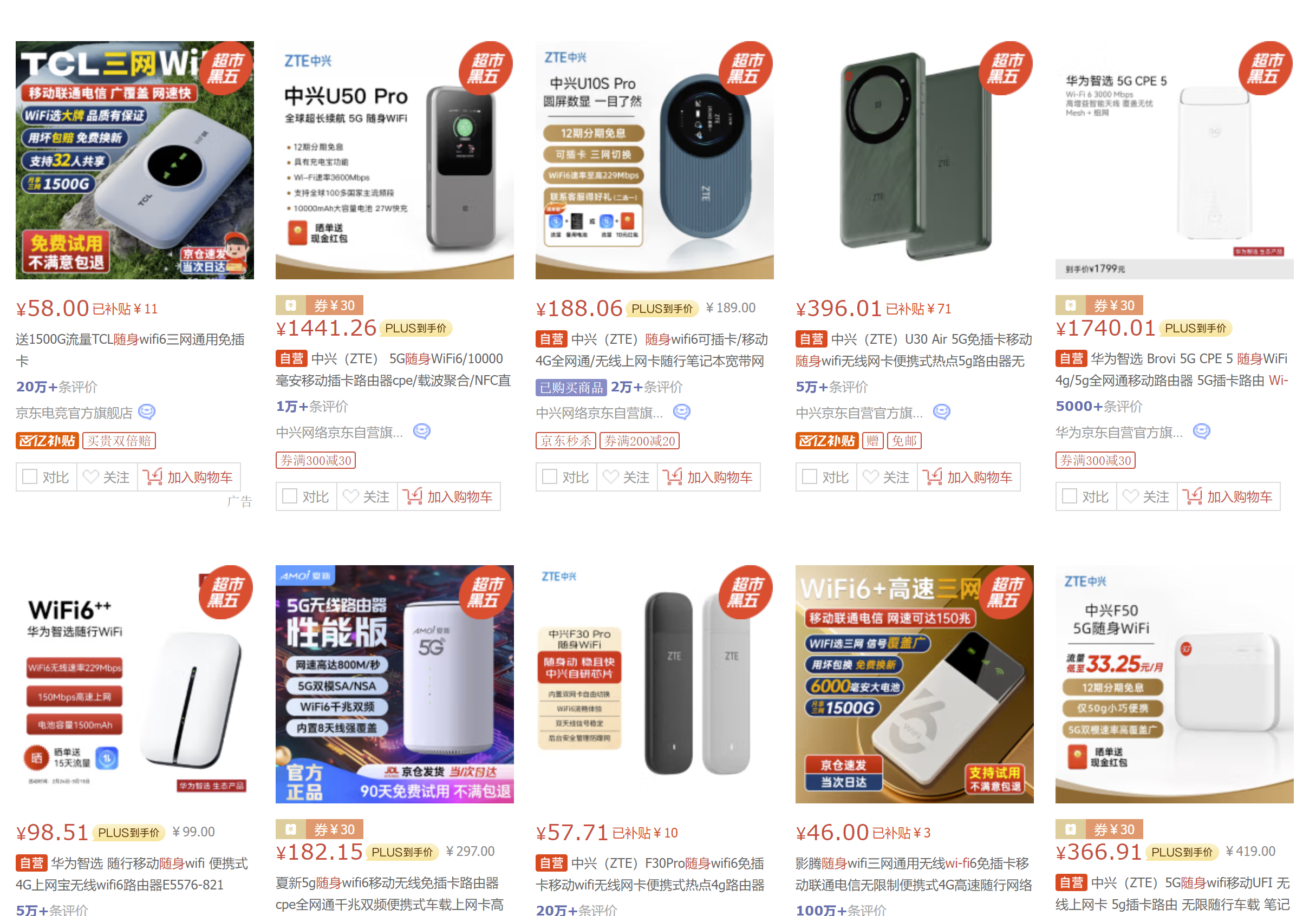
(Source: JD.com Screenshot)
Overall, portable Wi-Fi devices offer a wide range of options, covering prices from tens to thousands of yuan, and most come with built-in batteries, so there is no need to worry about heating and battery life issues. They are the most cost-effective option for providing internet access to MacBook in scenarios without free Wi-Fi. The issue with portable Wi-Fi devices is that they can add to travel burden, especially high-end portable Wi-Fi devices with large batteries, which are comparable in size to power banks.
The starting price of the cellular MacBook may be around 10,000 yuan, but compared to other laptops that support cellular networks, it is not excessively priced. Combined with the performance of the M-series chips and the macOS ecosystem, it even offers a certain degree of cost-effectiveness.
In recent years, many domestic and foreign PC manufacturers have noticed the improvement in mobile office and entertainment experience brought by cellular networks and have gradually integrated them into some of their products. Even the relatively niche mini PC manufacturer GPD has started offering 4G-LTE modules as an option for its products.
If cellular networks become widespread in the PC field, the price of laptops that support 5G internet access may fall below 5000 yuan. However, a brand needs to take the lead to make consumers aware of the enhanced experience brought by cellular networks, thereby expanding the market. Apple, with its significant influence and popularity, is undoubtedly the most suitable enterprise to take on this task. After Apple leads the way, companies like Lenovo and HP may gradually introduce cellular networks, leveraging their price advantages to compete with Apple.
Source: Leikeji

